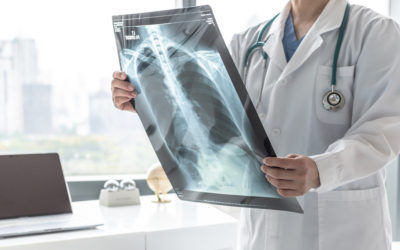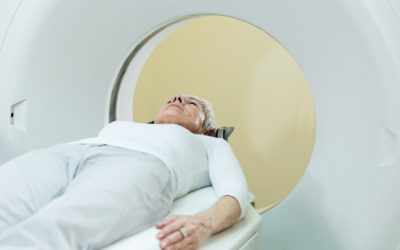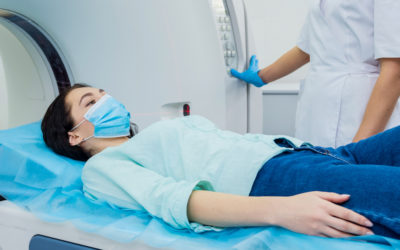Nuclear Medicine
What is nuclear medicine?
Nuclear medicine provides a look at the inside of your body – without surgery. It reveals information to your doctor about the structure and function of certain organs and systems in the body, from blood flow to the heart and brain, to lung and kidney function, to bone density.
This testing method uses small amounts of radioactive material – less than the amount of radiation in a single X-ray – introduced by swallowing, inhaling or injection into the body. A special camera allows your doctor to view a specific body part or abnormality.
Nuclear medicine is different from other diagnostic procedures because it helps diagnose and treat disease based how certain organs work, as opposed to their appearance.
Early diagnosis
Nuclear medicine offers early diagnosis and information about the body that might otherwise be unavailable, using other diagnostic tests. Your doctor can gather important medical information early – when disease is most treatable. Nuclear medicine is used to gather information and treat a variety of diseases, including:
- Heart disease
- Cancer
- Bone density
- Digestive disorders
- Lung function
- Liver and kidney function
- Internal bleeding
A doctor’s referral is required.
**Services offered Monday and Thursday of each week.
For More Information
Call 618-833-1030
Related Services and Conditions
Diagnostic Imaging
At , diagnostic imaging is used to create a graphic depiction of the structures and functions of the body’s organs and other internal systems. These images are used to examine and diagnose certain medical conditions. Services include: CT...
CT Scanner
Thanks to CT scanning (computed tomography, often called a “CAT” scan) doctors can view a “slice” of the human body painlessly. Often used to diagnose life-threatening conditions and issues like cancer, blood clots, infections, lung and liver disease, head and spine...
Digital Mammography
Digital mammography uses computers and specially designed digital detectors to produce an image that can be displayed on a high-resolution computer monitor and can be transmitted and stored like any computer file. For patients, having a digital mammogram is very much...
Magnetic Resonance Imaging (MRI)
It’s clear—precision is important during diagnosis. Of all imaging technologies, MRI or Magnetic Resonance Imaging gives doctors the clearest, most precise image of the inside of the body. It’s sophisticated, and uses a strong magnetic field to show the structure and...
Ultrasound
uses ultrasound as a painless, non-invasive way to diagnose a variety of diseases and conditions without the use of radiation, making this a widely used procedure during pregnancy. Sometimes called sonography, ultrasounds bounce high-frequency...





